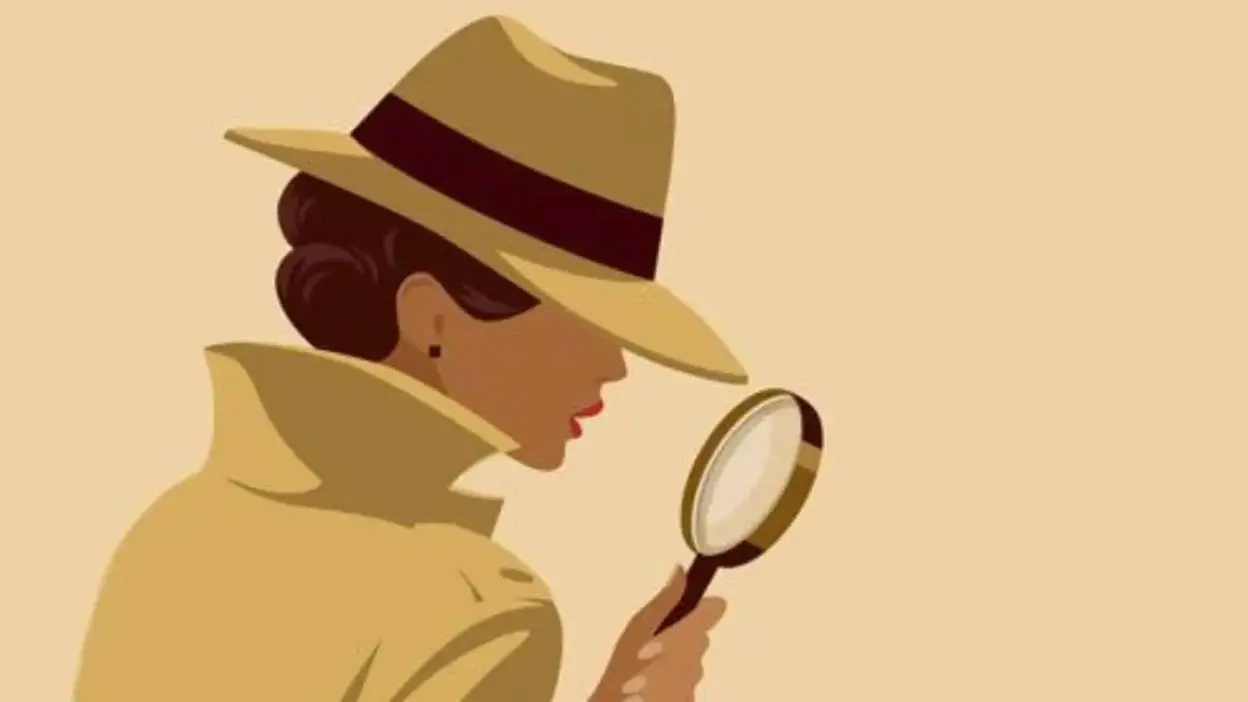Mystery literature has long been a beloved genre, drawing readers into complex webs of intrigue, suspense, and revelation. Among the most compelling developments in this genre is the evolution of female detectives, who have grown from peripheral figures to dynamic protagonists with rich backstories and complex motivations. “The Evolution of Female Detectives in Mystery Literature” explores this transformative journey, tracing the milestones and influential characters that have shaped the portrayal of women in mystery narratives.
The Evolution of Female Detectives in Mystery Literature
The Early Years
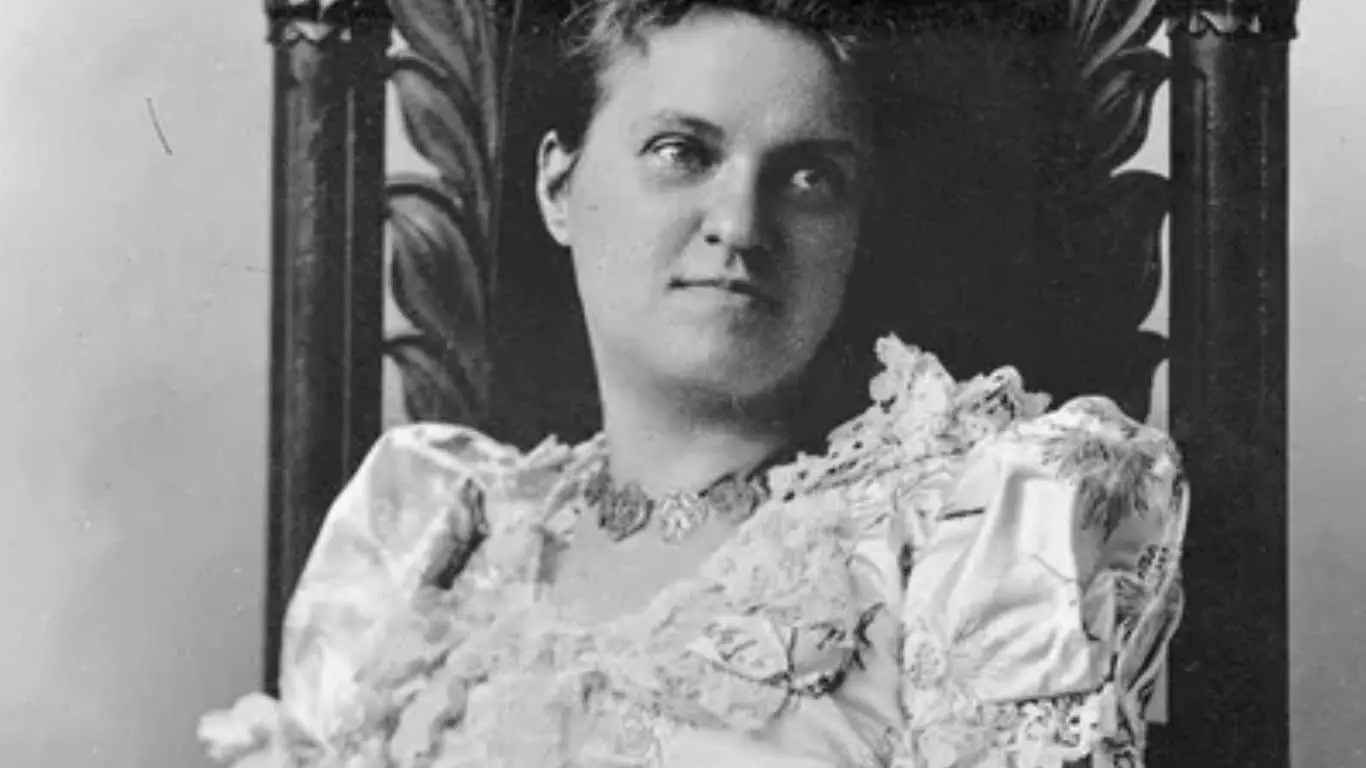
In the genre’s nascent stages, female characters often found themselves in the roles of victims or side characters. Despite these limitations, pioneering characters and authors began to hint at the potential for more substantial roles for women. For instance, characters like Anna Katharine Green’s Amelia Butterworth, who appeared in 1897’s “That Affair Next Door,” showcased the possibility of women stepping into the detective role. These early figures set the stage for more significant developments, creating a foundation upon which future female detectives would be built.
The Golden Age
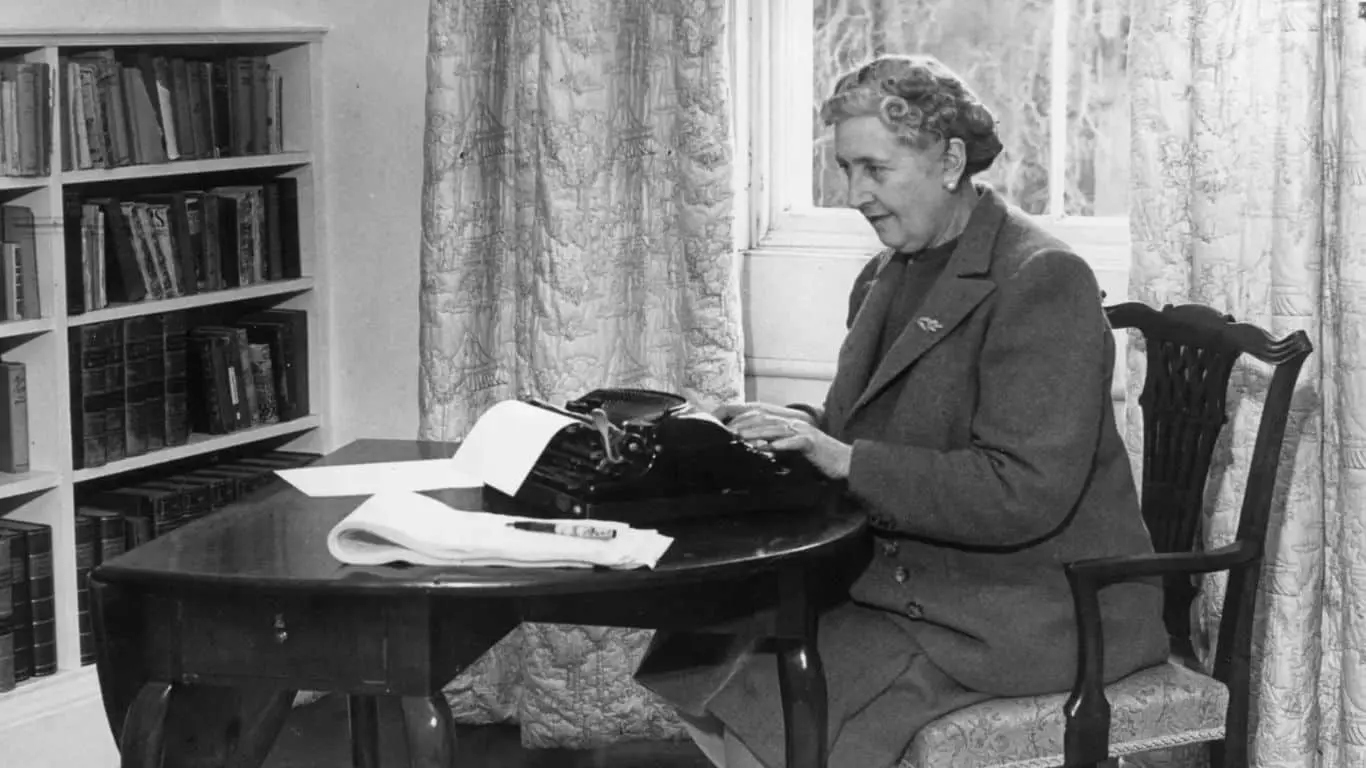
The Golden Age of mystery literature in the 1920s and 1930s marked a pivotal moment with the introduction of female detectives as protagonists. Agatha Christie’s Miss Jane Marple, first appearing in “The Murder at the Vicarage” (1930), was a revolutionary character. Miss Marple, with her keen understanding of human nature and village life, challenged the perceptions of women’s roles in literature and society. She wasn’t just a detective; she was a portrayal of wisdom, intuition, and the often-underestimated power of observation.
The Hard-Boiled Heroines

As the genre evolved, so too did the variety of female detective characters. The hard-boiled mystery genre, known for its gritty and realistic portrayal of crime, saw the emergence of female detectives who were tough, independent, and unafraid to navigate the dangerous underbelly of society. These characters, like those created by authors Marcia Muller and Sue Grafton, were not only solving crimes but also confronting societal issues, including sexism and discrimination. They represented a new kind of female protagonist — one who was self-reliant, resilient, and unapologetically bold.
The Modern Era
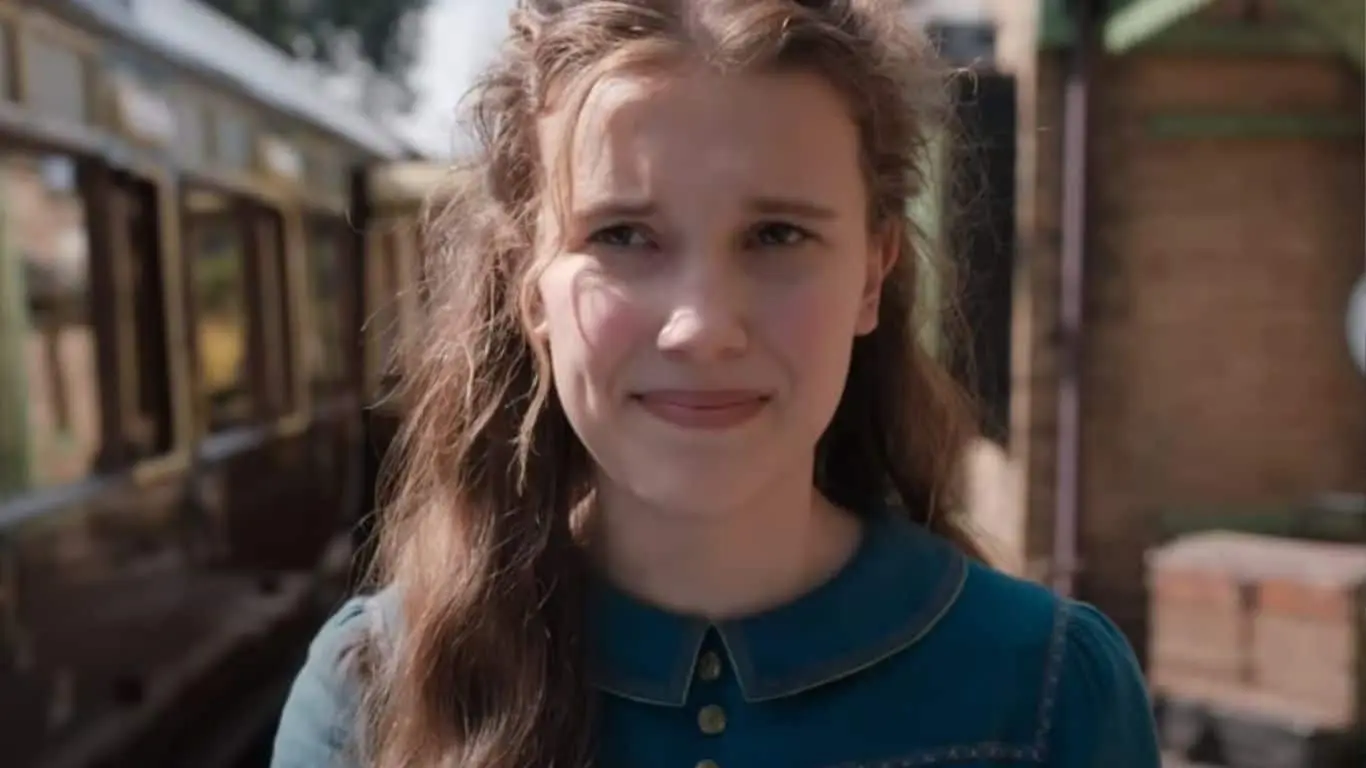
The contemporary landscape of mystery literature features a rich tapestry of female detectives, each bringing their unique background, skills, and personal story to the table. This era has seen an increase in diversity among protagonists, with detectives from various cultural, racial, and sexual backgrounds. These characters are complex and multifaceted, reflecting the real-world diversity of readers and societies. They navigate personal challenges, relationships, and moral dilemmas, all while solving complex cases. This depth of character development has made the genre more inclusive and relatable.
Technology and Forensics

The evolution of female detectives also reflects the advancements in the fields they operate within. Modern detectives employ cutting-edge technology and forensic methods, showcasing women excelling in fields traditionally dominated by men. This not only adds depth and realism to the stories but also serves as inspiration for readers interested in science, technology, engineering, and mathematics (STEM) fields. It highlights the important role women play in these areas and encourages a more diverse future generation of scientists and investigators.
Impact and Inspiration

The journey of female detectives in literature mirrors broader societal changes and the ongoing fight for gender equality. These characters have served as role models, challenging stereotypes and offering new perspectives on women’s roles and capabilities. They inspire by showcasing that women can be intelligent, strong, and resourceful. Through their stories, these characters have encouraged discussions about gender, justice, and equality, reflecting and influencing societal attitudes.
Challenges and Criticism

As the genre has evolved, so too has the complexity of its characters and the challenges they face. Female detectives in literature often encounter sexism, discrimination, and personal struggles, reflecting the real-world challenges faced by women. These narratives provide a space to explore and critique societal norms, offering a lens through which readers can examine and understand the broader issues of gender and equality.
Looking Ahead
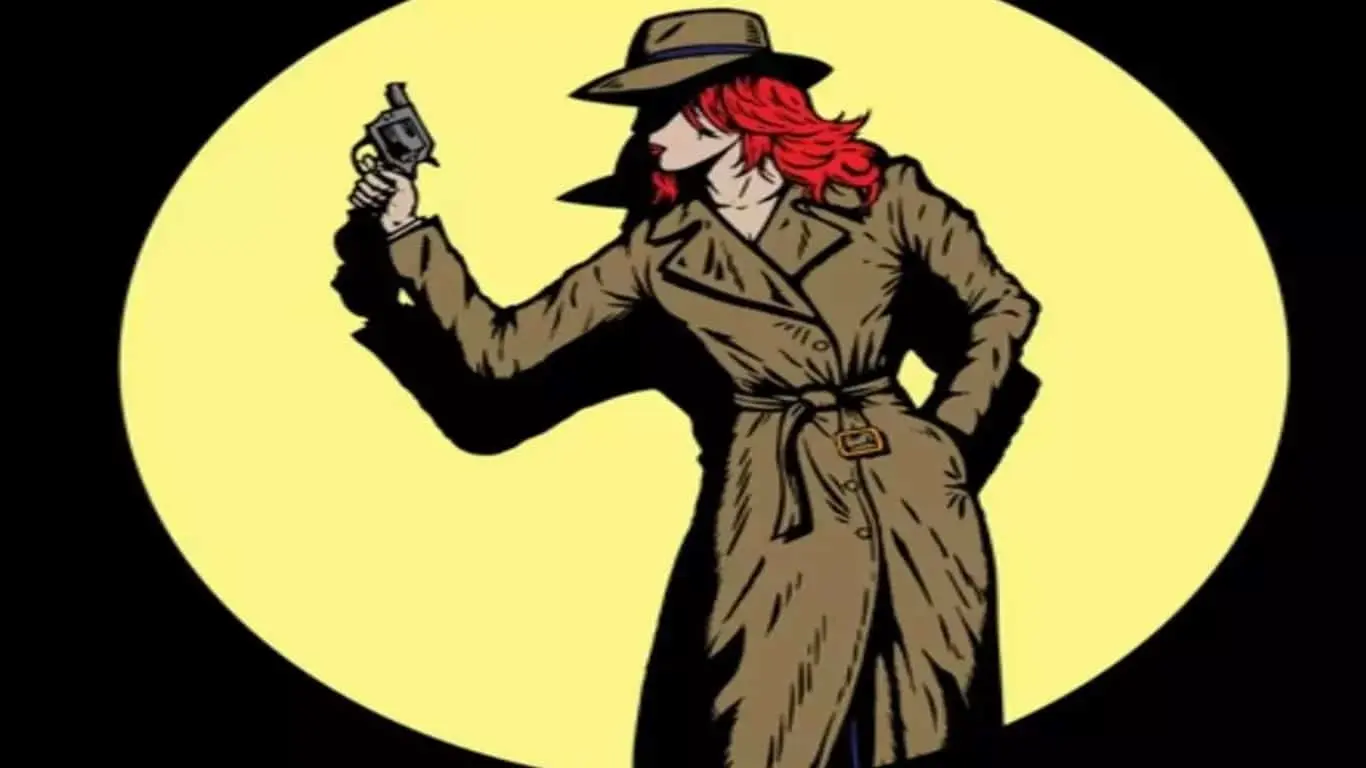
As we look to the future, the evolution of female detectives in mystery literature is bound to continue. We can expect even more diverse and complex characters, with stories that reflect the changing dynamics of our world. These future detectives will likely tackle contemporary issues, utilize even more advanced technology, and continue to break new ground in the genre. They will inspire future generations, encouraging more inclusive and diverse storytelling.
“The Evolution of Female Detectives in Mystery Literature” is not just a retrospective on a literary trend; it’s a reflection of societal evolution and the ongoing journey toward equality and representation. As the genre continues to grow and change, the legacy of these pioneering female detectives will continue to inspire, challenge, and captivate readers for generations to come.
Also Read: Roald Dahl Books for Kids: 15 Perfect Reads
